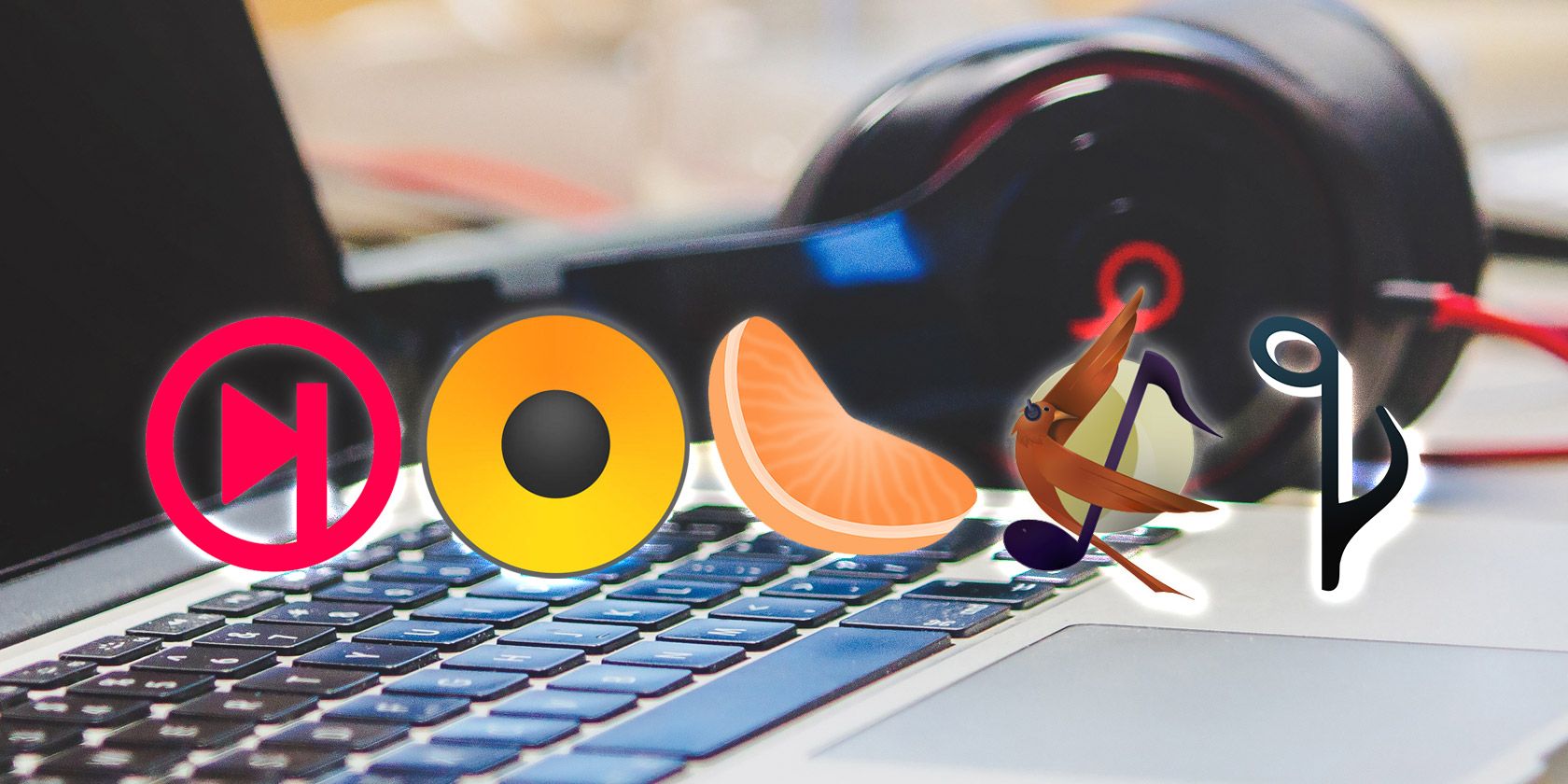
iTunes is the best music player for Mac users as far as convenience. Every new computer comes with it pre-installed, and if you have an iPod, iPhone, or iPad, you’ll need it to sync music and back up your device.
But there are valid reasons to dislike iTunes. The rise of Spotify and other music streaming services have made iTunes less useful, not to mention that iTunes software is slow and bloated.
Unless you’re absolutely tied to the iTunes ecosystem for some reason and have no choice but to use it, consider switching to one of these alternative music player apps for Mac.
1. Vox Player

Vox Player isn’t just a beautiful music app for Mac; it’s one of the few music players that can properly handle hi-res music. It’s our top recommendation for best hi-res music players for Mac, and once you’re using it, you’ll also want to start listening to hi-res music on your iPhone or iPad.
Vox Player comes with all you’d expect in a music player, including speed and performance. It supports FLAC playback, music organization features, built-in internet radio, and you can also connect it to SoundCloud and Last.FM.
One more feature to note: Vox offers an optional Premium plan, which comes with unlimited cloud storage and playback for your music files, synchronizing playlists across devices, advanced 10-band equalizer presets, BS2B, and Hog Mode that silences all other sounds so you can listen to your music uninterrupted by alerts and notifications.
2. Strawberry Music Player

If you’re looking for a feature-packed but lightweight music player, you might want to try Strawberry Music Player. This nifty music player app was forked from the now-defunct Clementine back in 2018, and provides all the power you need in an MP3 player without any bloat.
Music management is Strawberry’s top selling point. It comes with a cover manager, queue manager, playlist management tools, music format transcoder (with FLAC support), CD ripping tool, and an advanced tag editor for batch editing music files.
Out of the box, Strawberry integrates with about a dozen different internet services, including music streaming services (Tidal, Qobuz, Subsonic), album art services (Last.FM, MusicBrainz, Discogs), and scrobbling services (Last.FM, Libre.FM, ListenBrainz).
It’s not the prettiest application—based on the Qt5 framework which isn’t exactly known for its visual factor—and even though you can tweak the appearance a bit, you’ll always be stuck with a clunky default interface.
3. DeaDBeeF

Many converts from Windows to Mac ask for a music player app that’s similar to Foobar2000. With the advent of DeaDBeeF, we finally have an app we can recommend. In fact, DeaDBeeF even supports advanced Title Formatting scripting that’s directly compatible with Foobar2000.
DeaDBeeF is a lightweight cross-platform music player that’s feature-complete and smooth as cream, with stable builds for Windows, Mac, and Linux. It isn’t the prettist of apps, but it’s powerful with support for many audio and chiptune formats right out of the box (including MP3, OGG, FLAC, NSF, VTX, VGM, and more). Pretty much any format supported by FFMPEG is also supported by DeaDBeeF.
DeaDBeeF also supports numerous metadata/tag formats, including ID3v1 to ID3v2.4, Xing/Info, and VorbisComments, with an easy-to-use tag editor. Just because it’s lightweight doesn’t mean it won’t serve as a great music organizer app.
Other useful features include: tab-based interface for separate playlists, 18-band visual equalizer, gapless playback, replaygain, auto-download of album art, shoutcast and radio streams, and a built-in audio format converter.
4. Musique

Musique sells itself as “a finely crafted music player,” and it seriously lives up to that claim. It’s simple, it’s beautiful, and it fits right into any macOS machine.
Simplicity is the name of the game here, but simple in a way that doesn’t sacrifice beauty or usability. To me, it feels like an ultra stripped-down version of iTunes—what iTunes could have been before it went ahead and became a bloated mess of features I personally never use.
Other features include the ability to browse folders and files, a queue-based playback interface, and auto-loading of lyrics for songs. Musique isn’t the app you want if you have a massive music library and need organizational features to keep everything neat and orderly. But for casual music listeners? It’s absolutely perfect.
5. Quod Libet

Quod Libet has a strange name—it means “whatever you wish” in Latin—but don’t let that turn you away. This open-source music player for Mac was released back in 2004 and continues to receive regular updates to this day.
Not many people have ever heard of it, which is a shame. It’s a simple piece of software and nothing about it will blow your mind, but it’s intensely practical and easy to use. The sheer simplicity is what makes it the closest antithesis to iTunes on macOS.
And it’s packed with features: support for all kinds of media formats (including FLAC), smart replay gain, ratings-weighted random playback, Unicode tags, built-in internet radio, configurable user interface, advanced library management, and so much more.
Which Music Player for Mac Do You Use?
There are valid reasons to keep using iTunes; I wouldn’t say everyone needs to switch away. It’s great for managing podcasts, for example, and the features are useful if you can handle the bloat. And if you’re using Apple Music, you have no other options except iTunes for playback on your Mac.
But if you have a lot of downloaded MP3s, one of the above alternative music players for Mac may actually serve your needs better. And don’t stop at just music! Check out our list of best Mac apps to install on any MacBook or iMac.
Read the full article: Alternatives to iTunes: 5 Best Free Music Players for macOS
from MakeUseOf https://ift.tt/2CXbHUr
via IFTTT
No comments:
Post a Comment